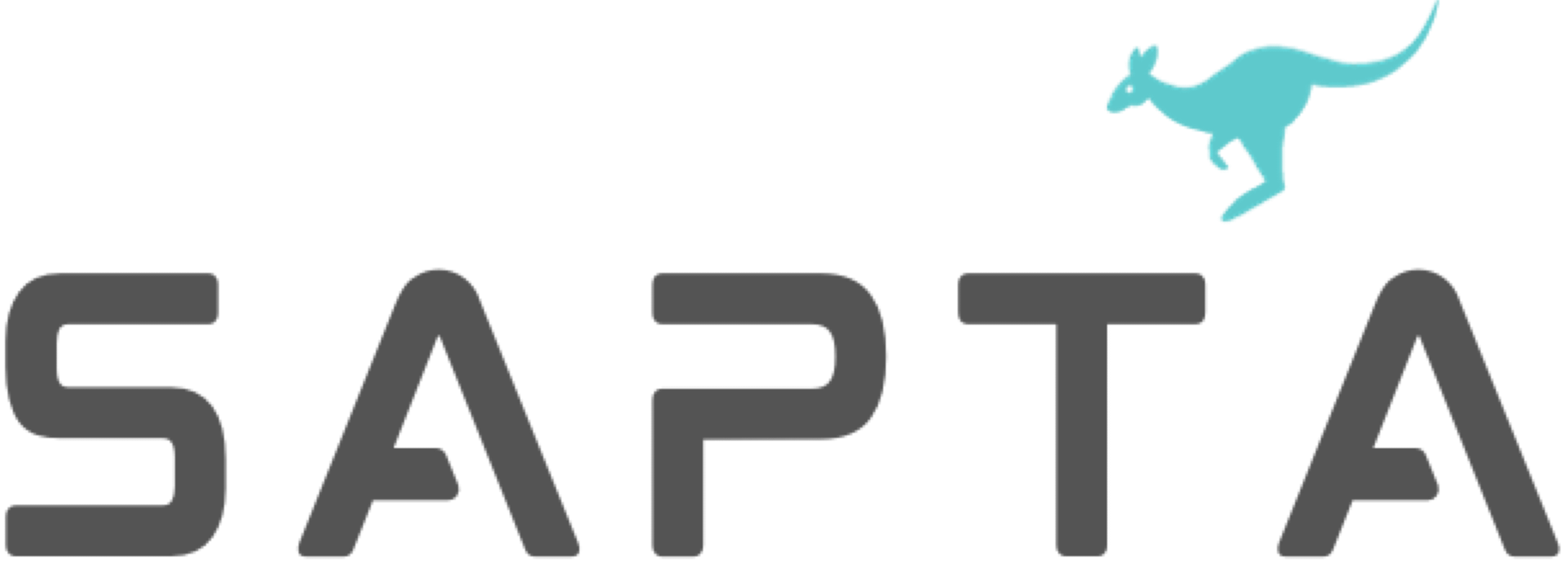
The Importance of Capital Efficiency in Modern Organizations
Capital efficiency is paramount for modern organizations seeking sustainable growth and competitive advantage. It involves optimizing the use of financial resources to maximize returns while minimizing waste and inefficiencies. This concept has evolved to become a cornerstone of effective business strategy and financial management, as it directly correlates with a company’s ability to generate value from its investments.
A company’s adeptness at capital efficiency determines its agility in responding to market fluctuations and seizing new opportunities. Efficient capital allocation not only helps businesses maintain profitability but also enables them to invest in innovation and expansion without overstretching their financial resources. This becomes especially crucial in a constantly changing economic landscape where adaptable, responsive companies often outpace their less efficient counterparts.
Moreover, by effectively managing capital, firms can ensure that they’re not just generating immediate profits, but also building long-term value for shareholders. Investors are particularly keen on companies that demonstrate high capital efficiency, as it suggests prudent management and a clear focus on sustainable growth. For executives, understanding and implementing capital efficiency is instrumental in driving a company’s strategic initiatives and achieving superior financial performance.
Understanding the Dynamics of Capital Allocation and Efficiency
Capital allocation and capital efficiency are two sides of the same coin. Capital allocation refers to how an organization decides where and how to deploy its financial resources, such as investments, operational spending, and growth initiatives. Capital efficiency, on the other hand, is about how effectively those allocated resources are utilized to generate returns and drive value for the company.
Efficient capital allocation is critical because it directly impacts a company’s return on invested capital (ROIC). When businesses allocate their resources wisely, focusing on areas with the highest potential returns, they can significantly enhance their financial performance and shareholder value. Comparing a company’s ROIC with its weighted average cost of capital (WACC) provides a clear picture of whether the capital is being used effectively. If the ROIC exceeds the WACC, the company is likely generating value; if not, it may be wasting resources on low-yield investments.
Moreover, investors pay close attention to how companies allocate their capital. Efficient capital allocation is a hallmark of strong management teams and often attracts value investors who seek long-term growth opportunities. The strategic use of capital can signal a company’s potential to outperform its competitors and achieve sustainable growth.
To measure capital efficiency, companies often use metrics such as ROIC, economic value added (EVA), and return on capital employed (ROCE). These metrics provide insights into how well the company is using its capital to generate profits. For instance, ROIC calculates the return earned on the capital invested in the business, making it an essential indicator of financial health and operational success.
Return on Invested Capital (ROIC) is a common metric for assessing capital efficiency
Effective capital allocation and superior capital efficiency empower companies to invest in innovative projects, explore new markets, and adapt to changing economic conditions. By constantly reassessing and realigning their capital investments, organizations can maintain their competitive edge and continue creating value for their stakeholders.
Common Pitfalls in Achieving Capital Efficiency
While capital efficiency is a vital component for sustained growth and value creation, achieving it is far from straightforward. Companies often encounter several common pitfalls that can derail their efforts.
Misaligned Capital Allocation Decisions
A primary challenge is misaligned capital allocation decisions. This occurs when investments don’t align with the overall strategic goals of the organization. Executives might allocate capital based on past performance rather than future potential, leading to suboptimal resource utilization. For instance, continuing to fund a mature business line with declining returns instead of investing in innovative ventures can stagnate growth.
Misaligned capital allocation can lead to wasted resources and reduced profitability
Rigid Investment Roadmaps
Another obstacle is the reliance on rigid investment roadmaps. Traditional planning processes often lock companies into long-term commitments, leaving them inflexible and unable to pivot in response to market changes or new opportunities. This can result in missed chances for innovation and adaptation, ultimately impacting competitive positioning.
Rigid investment roadmaps can prevent companies from adapting to market changes
Inefficient Execution of Allocated Investments
Even when capital is allocated effectively, the execution may fall short. Inefficient execution can arise from various factors, such as lack of cross-functional collaboration, inadequate project management, or insufficient monitoring of investment outcomes. This inefficiency can lead to delays, cost overruns, and failure to achieve the expected returns on investment.
How to Adopt an Adaptive Strategy for Capital Efficiency
To adopt an adaptive strategy for capital efficiency, organizations must recognize the limits of traditional static planning. Static planning often overlooks rapid market changes, leading to suboptimal capital allocation. By shifting to adaptive strategies, companies can continually realign investments to suit current conditions.
An adaptive strategy promotes continuous improvement and realignment, allowing regular review and adjustment of capital based on real-time data. This ensures resources are consistently directed towards the most promising opportunities. It also enables faster responses to market changes. In today’s dynamic landscape, quick pivots and resource reallocation can be a significant competitive advantage, helping companies navigate uncertainties and capitalize on trends.
Improved risk management is another benefit. Traditional planning involves long-term commitments that may overlook potential risks. An adaptive approach incorporates scenario planning and modeling, preparing for various outcomes and ensuring resilient capital allocation. Implementing an adaptive strategy requires cross-functional collaboration. Effective capital efficiency depends on integrating insights from different departments like finance, operations, and strategy. This ensures well-informed and aligned capital allocation decisions.
Scenario planning and modeling are essential, allowing organizations to simulate market conditions and assess their impact. These tools help develop robust and flexible capital plans to handle uncertainties.
Firms that adopt adaptive strategies see a 30% increase in market responsiveness
Data-driven decision-making is crucial. Metrics and analytics enable informed decisions based on real-time data. By monitoring key metrics, companies can identify improvement areas and adjust capital strategies accordingly.
Companies focusing on continuous improvement and realignment achieve a 17% higher growth rate
Technology solutions like Sapta enhance capital efficiency. These platforms offer advanced analytics, scenario modeling, and real-time data integration, streamlining adaptive strategy processes and improving capital allocation decisions.
Advantages of an Adaptive Strategy Approach
- Continuous Improvement and Realignment: An adaptive strategy enables your company to continuously improve processes and realign resources to better meet evolving market demands.
- Faster Response to Market Changes: This strategy empowers businesses to quickly pivot in response to market fluctuations, ensuring they stay ahead of the competition.
- Improved Risk Management: By regularly assessing risks and making data-driven adjustments, your company can mitigate potential downsides more effectively.
- Enhanced Collaboration and Communication: Encourages cross-functional teams to work more cohesively, fostering a culture of innovation and responsiveness.
- Optimized Use of Technology: Leveraging advanced analytics and technological tools, an adaptive strategy allows for smarter decision-making and more efficient capital utilization.
Firms that adopt adaptive strategies see a 30% increase in market responsiveness
How to measure your firms capital efficiency
Now that you understand the roadmap to achieve capital efficiency, let’s look at some key financial metrics that can assist in evaluating capital efficiency in your organization:
Key Financial Metrics for Evaluating Capital Efficiency
| Metric | Description | Formula |
| Return on Invested Capital (ROIC) | Measures how well a company generates cash flow relative to the capital it has invested in its business | (Net Operating Profit After Tax) / Invested Capital |
| Economic Value Added (EVA) | Calculates a company’s financial performance based on residual wealth | Net Operating Profit After Tax – (Capital * Cost of Capital) |
| Asset Turnover Ratio | Indicates how efficiently a company uses its assets to generate sales | Net Sales / Average Total Assets |
| Working Capital Efficiency | Reflects how well a company manages its current assets and liabilities | Revenue / Working Capital |
| Return on Equity (ROE) | Measures the profitability of a company in generating profit from shareholders’ equity | Net Income / Shareholders’ Equity |
Implementing capital efficiency isn’t just about using capital wisely; it’s about consistently outpacing competitors in the marketplace. A company that embraces capital efficiency is positioned to maximize resource utilization and returns. By deploying capital more effectively, these companies can achieve stronger profitability metrics, such as a higher return on invested capital (ROIC), which signals to investors that the company is a reliable custodian of their funds.
The Competitive Advantage Gained from Capital Efficiency
Technology solutions can boost capital efficiency by 18%
Opportunity Seizure
Efficient capital allocation allows a business to swiftly capitalize on new opportunities. Market landscapes are ever-evolving, and an adaptive strategy ensures that a company can pivot quickly, avoiding stagnation and seizing high-potential opportunities as they arise. This approach not only mitigates risks but also positions the company to innovate and grow alongside or ahead of market trends.
Sustained Value Creation
The ability to consistently create value is a hallmark of a competitive advantage gained through capital efficiency. When capital is allocated to projects with the highest potential returns, it leads to sustained economic profit and long-term value creation. Moreover, it ensures that the company remains financially healthy, robust, and capable of weathering economic downturns.
In conclusion, capital efficiency is not a one-time effort but a constant practice that fosters a resilient and dynamic business environment. By prioritizing adaptive strategies, cross-functional collaboration, and data-driven decision-making, a company can maintain its competitive edge, ensure sustained profitability, and deliver superior value to stakeholders. Embracing and prioritizing capital efficiency isn’t just beneficial—it’s essential for long-term success.
Capital Efficiency: It’s a Necessity
Embracing capital efficiency is not just a strategic advantage but a necessity in today’s competitive landscape. By adopting an adaptive mindset and leveraging modern technology, organizations can transform the way they manage and allocate capital. This approach enables continuous improvement, faster responses to market changes, and better risk management—ultimately leading to sustained value creation and outperformance.
Throughout this discussion, we’ve examined the importance of capital efficiency, defined its core components, identified common challenges, and explored how an adaptive strategy can provide tangible benefits. Executives must prioritize capital efficiency to ensure that resources are utilized to their maximum potential, risks are mitigated, and new opportunities are seized effectively. By doing so, organizations can achieve a lasting competitive edge and drive significant value for their stakeholders. It’s time to make capital efficiency a cornerstone of your business strategy and reap the rewards of a more agile and responsive organization.
Follow us on LinkedIn for all the latest Adaptive Insights.



